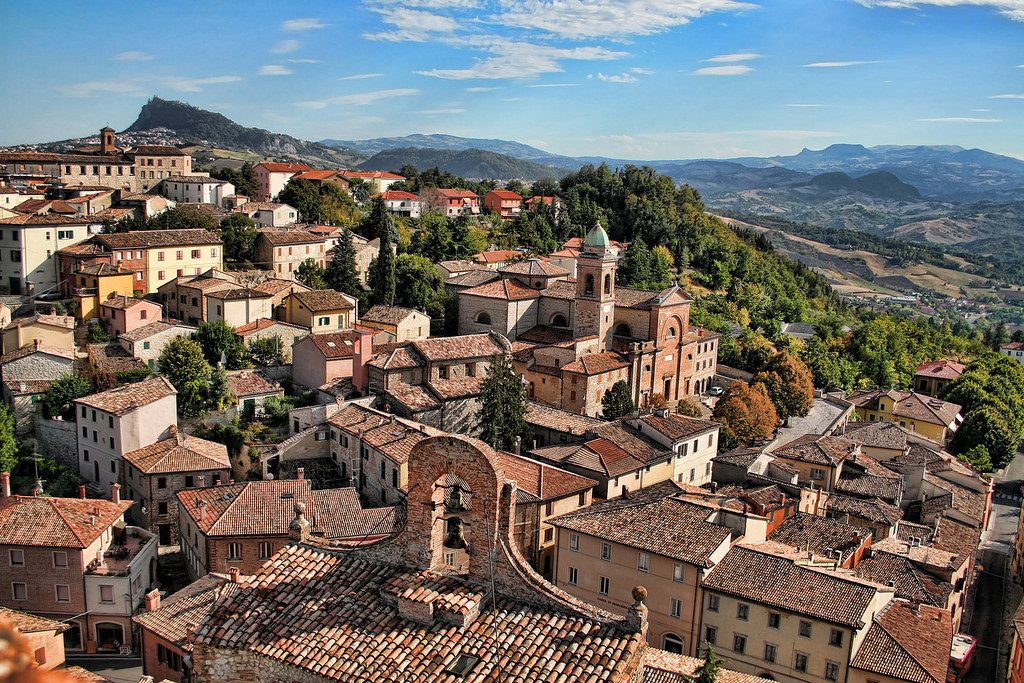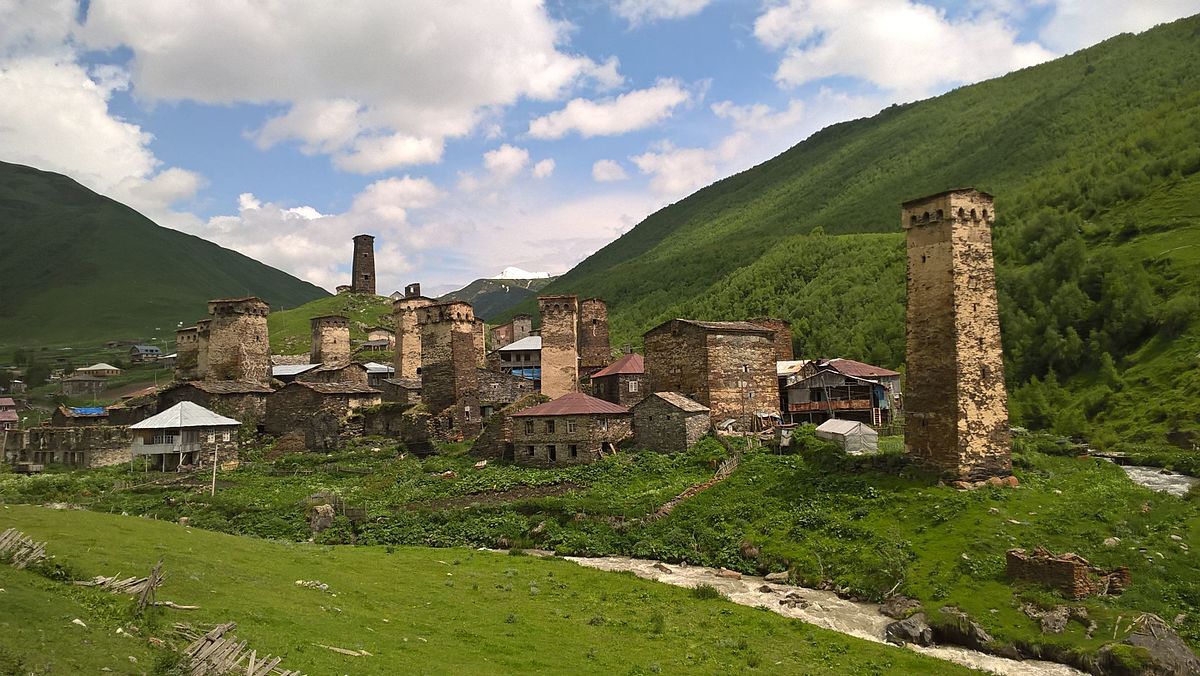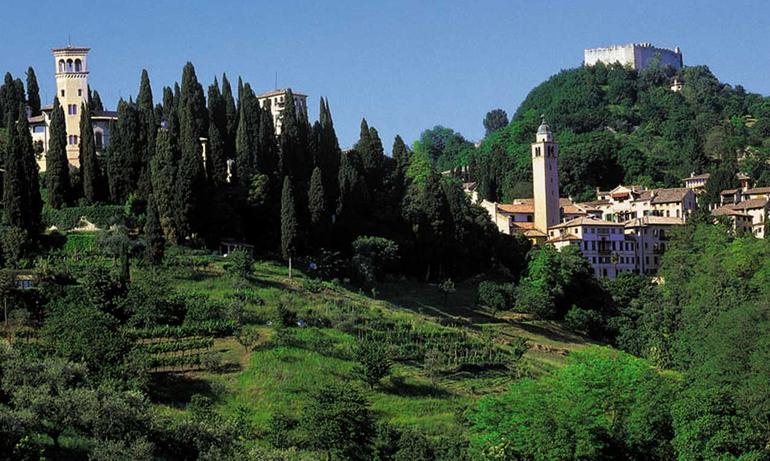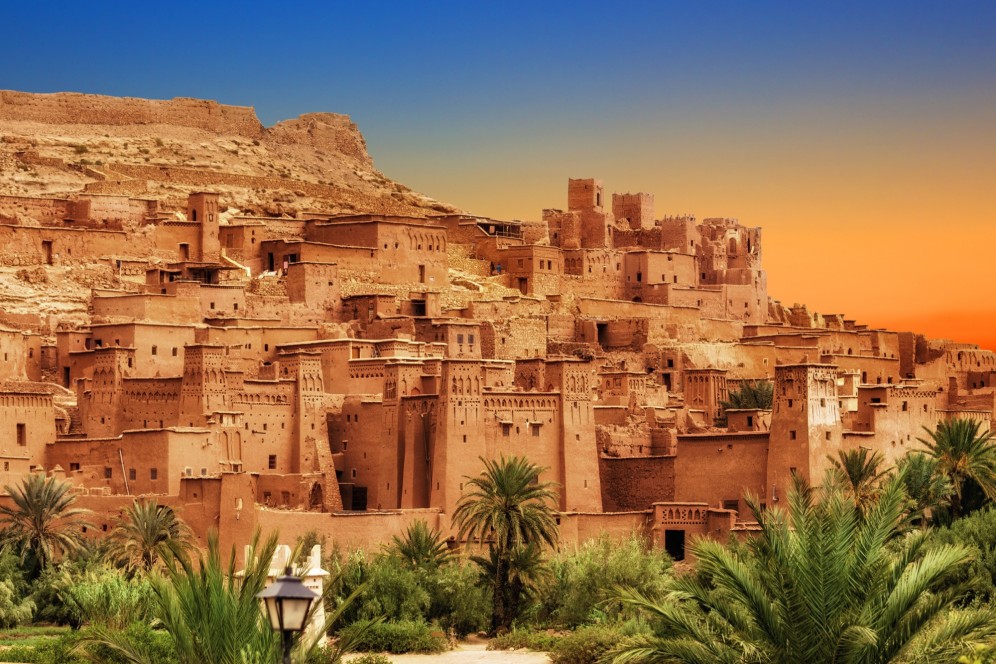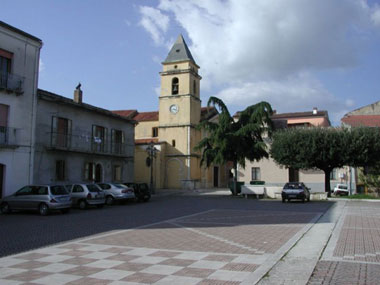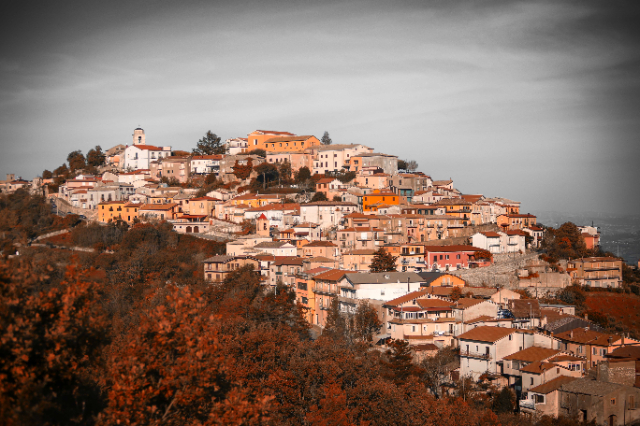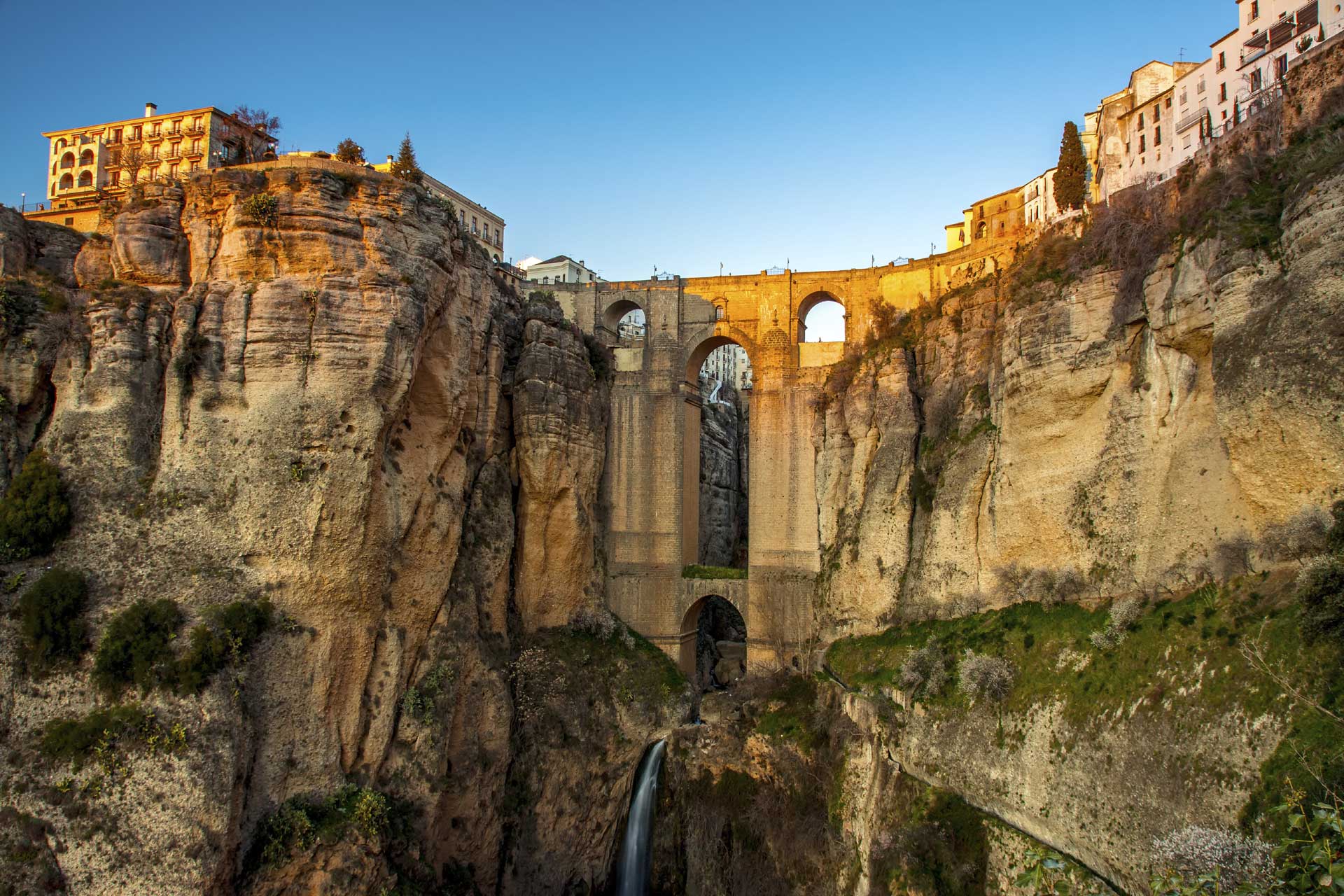An ancient medieval village that was once the cradle of the Malatesta family, Verucchio stands on a hill where the ancient fortress dominates the highest point of the rock. The beating heart of the village, which is idyllically set amidst the lush countryside of the province of Rimini, is certainly the main square, the starting point of the narrow streets leading to every small corner. When the sky is clear, from the highest points of the rock, you can enjoy a breathtaking view that goes from the Valmarecchia to the coast of Rimini on the Adriatic Sea.The village is located on a hill west of Rimini (16 km) and borders with the Republic of San Marino (10 km). The flat part of the town is called Villa Verucchio and is crossed by the SP 238, which connects Rimini and Arezzo. Between the 9th and 7th centuries B.C. it was the nerve centre of the so-called Villanovan civilisation, which is thought to be of Etruscan origin. Many finds have been unearthed in the necropolis excavated around the village and are now displayed in the Municipal Archaeological Museum. The area of the excavations and the museum are part of the Archaeological Park of Verucchio.
The small town is also known as the "cradle of the Malatesta family", not because this is where the family originated, but because it was here that Giovanni della Penna dei Billi (1150-90), known as the Malatesta family, rose to power.
Structured as a mediaeval village and rich in historic buildings, Verucchio stands on two hills, once crowned by imposing fortresses, Rocca Passerello – on whose remains a monastery now stands – and Rocca Sasso, now Rocca Malatestiana, one of the best-preserved of the entire seignory and built to dominate the village, the valley and the plain below.
On the road that descends towards the plain, at the foot of the rocky spur on which the old town stands, is the 10th-century Romanesque church, which can only be visited from the outside.
In Villa Verucchio, a hamlet of the municipality on the plain, is the Franciscan Monastery which, according to tradition, was founded by St. Francis in 1213. In the cloister stands a majestic cypress tree over twenty-five metres high which, it is said, came from a stick planted and cultivated by the saint himself.
